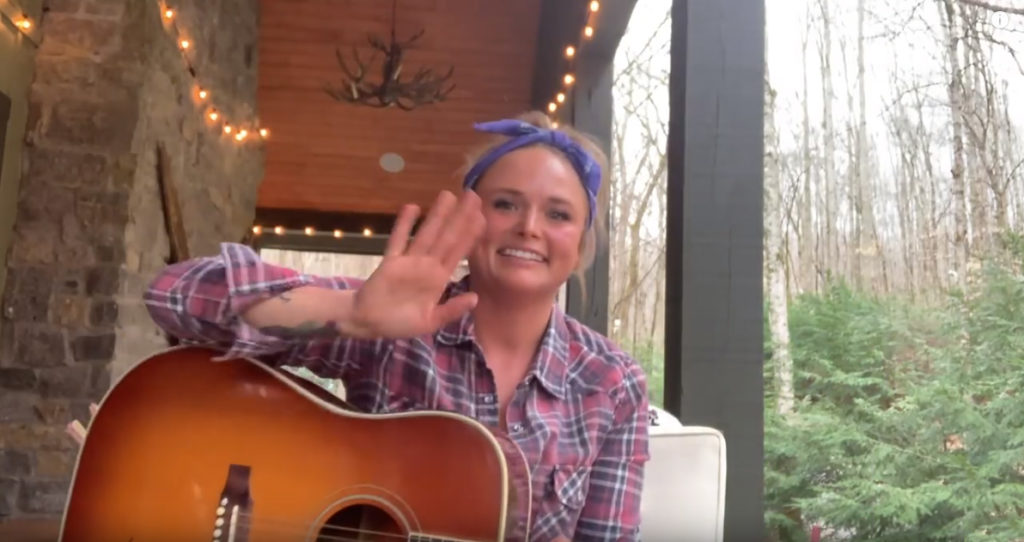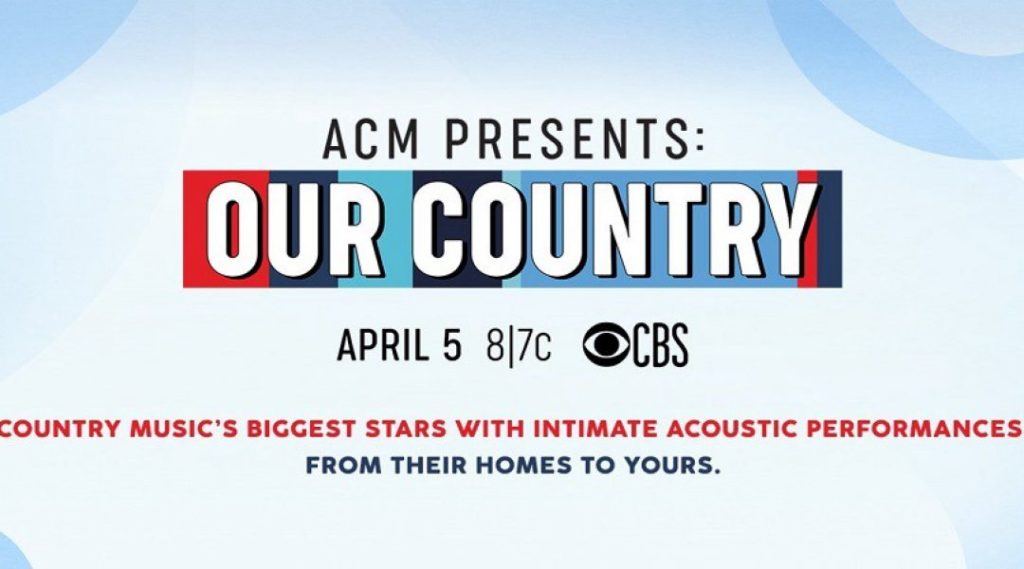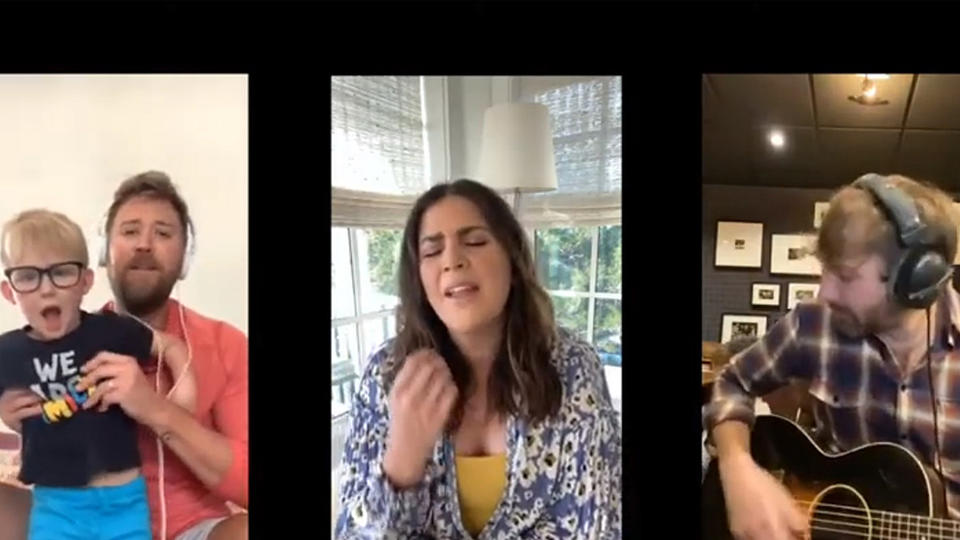
An astonishing 283 million Americans are stuck in some form of self-isolation or self-quarantine due to the fact that most states and cities have imposed a “Stay-at-Home” rule in the fight to snuff out the COVID-19 pandemic. This new reality in which we find ourselves means that almost all businesses (except for a few essential services) are closed – and millions of Americans are stuck at home with little or nothing to do. But what role does their technology play in this situation?
Thanks to Technology, we can all be connected…
Over the last few weeks, I’ve spoken to a multitude of people about this strange new world in which we find ourselves. For all of the right reasons, most of our state and local governments have forced us all into a form of isolation. By being forced to be alone, health experts say we can stop the spread of Coronavirus (COVID-19).
But man is a social animal…and being forced to be alone can often feel like some form of punishment. Also, in my discussions with industry colleagues, there is a tremendous amount of anxiety. Several companies have been forced to go into survival mode – laying off staff, cutting salaries, and hunkering down to try and get through a dramatic roll-off in revenues.
No One Knows How or When This Will End
Many of these colleagues have asked me, what do I expect will happen next? How will this all end? Is this the end of the world? Is this the end of our industry?
I don’t know. No one knows. But I find myself oddly optimistic and counsel all with whom I speak to control your fears and prepare for a rebound…whenever that comes.

ACM Presents: Our Country
What led me to look at this scenario in a more positive light is an experience I had this past Sunday night. As an ex-professional musician, I tend to watch shows that present musical performances. On Sunday, April 5th, CBS broadcast a show called “ACM Presents: Our Country.”
Normally, this is the time of the year for the presentation of the annual Academy of Country Music (ACM) Awards. However, COVID-19 forced the 55th Anuual awards show to be postponed until September.
Country Stars Performed Alone in Their Homes
With the awards show postponed, the Academy of Country Music decided to assuage disappointed fans with a special presentation of their favorite country music stars. What the Academy did was have several of the top stars record themselves playing their hits as they “social distanced” themselves in their homes…often in a sort of “unplugged” version of their song.
Interestingly, these segments were actually recorded on the stars’ own smartphone or iPad and, somehow, that made it feel more accessible – as though your best friend sent you something he or she just recorded. The production values were much lower than the typical network TV fare, but that only added to the perceived authenticity of the experience.
It Felt a Little Weird
It was different and at first felt a little weird to the viewer, and to the acts themselves…as several of them mentioned so during their individual segment. But as country star Miranda Lambert started her segment (recorded on her iPad), she mentioned the seeming separateness of the current situation. But then she said:
“I just want to remind everybody that we’re here, in it together. Thank goodness for technology…that we can still connect. And thank you to the ACM for setting this up and allowing us all to connect with each other.”
Miranda Lambert, Country music star on CBS TV special, ACM Presents: Our Country
‘Thank Goodness for Technology’
Did you catch that? “Thank goodness for technology…that we can still connect.” This sentiment, which I have seen expressed in many forms on many forums, is part of what causes me to feel a little bit more optimistic. While the forced separation has been difficult for us all – the fact is that technology has made it a little easier to take. And more and more Americans are coming to understand that fact.
Now truthfully, many who express this feeling are often referring to online communication sites like Zoom or Skype, which allows people to both see and hear those with whom they wish to connect. Also, other sites have seen usage increases like GoToMeeting, GoToWebinar, Ring Central, WebEx, Click Meeting, Grasshopper, etc. that allow groups of people to collaborate in online conferences or educational sessions.
Forced to Stay Home, Americans Reconnect with Tech
Beyond these, other popular “technology” tools are social media sites, such as Facebook, Twitter, Instagram, TikTok which allow commenting, media sharing, and other forms of communicating with your group of friends. Social media usage has dramatically increased with more people having more time on their hands.

It goes without saying that online gaming has flourished during this period as 20-somethings don’t have to bother to break away from never-ending games to go to work at the moment.
New Tech Usage Patterns are Likely to Survive COVID-19
And streaming entertainment content services, such as Netflix and Disney+, are benefiting from a dramatic increase in demand, as most of America now consists of shut-ins with lots of time to kill. Netflix has actually had to throttle back their service speed in Europe to help take some pressure off of the overworked infrastructure there.
The bottom line is that consumers have never been more reliant on their technology for communication, access, news, sharing, and entertainment than they are now. It is likely that the consumers’ exposure to more of what all of these services have to offer will allow them to benefit from increased usage even after COVID-19 is long gone.
Warts Exposed, Demand for Tech Upgrades will Follow
Not only that, but the increased usage caused by this forced isolation will likely have exposed warts in their systems – making it obvious to consumers, for example, that they need a more robust network in their homes…or upgraded entertainment options. This is all good news for our industry.
For now, things will most likely get worse before they get better. But we will get past this sooner or later. Helping to drive a future boom, I hope, will be a new found, deeper appreciation for what technology means to every American.





Leave a Reply